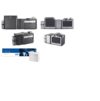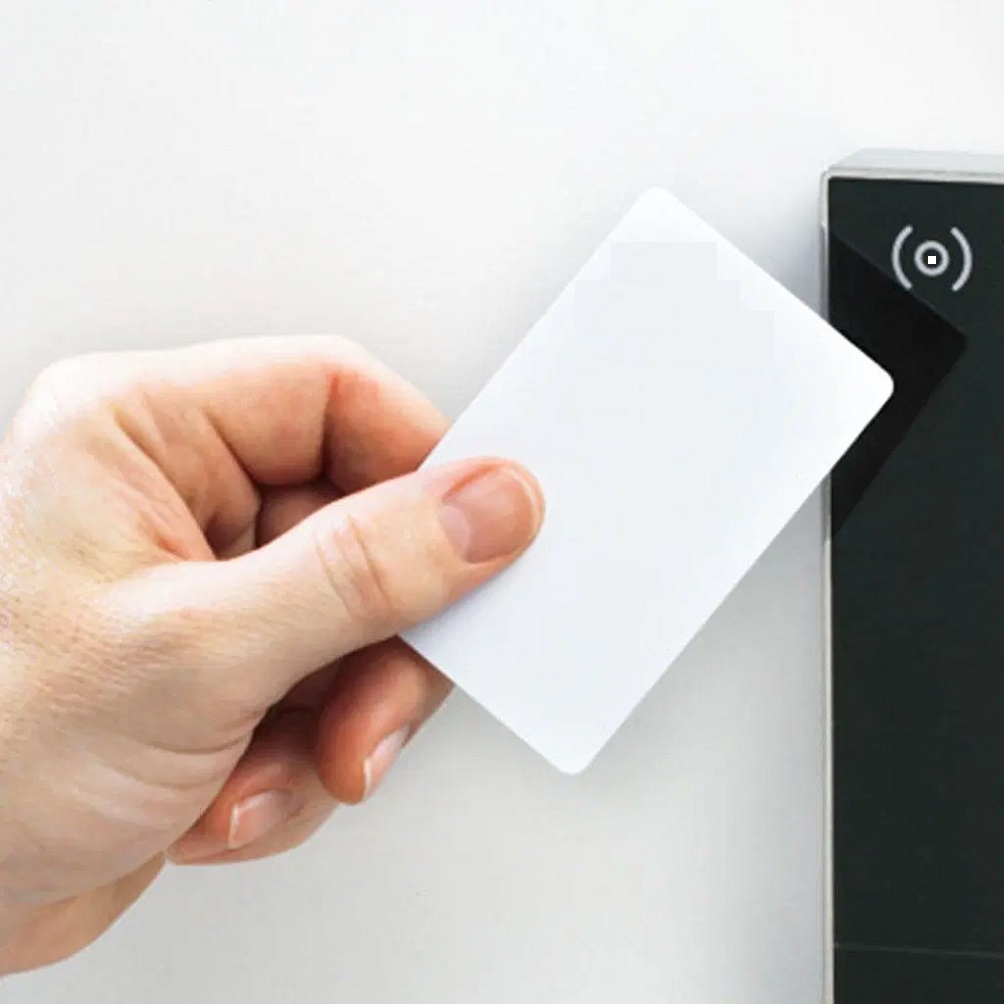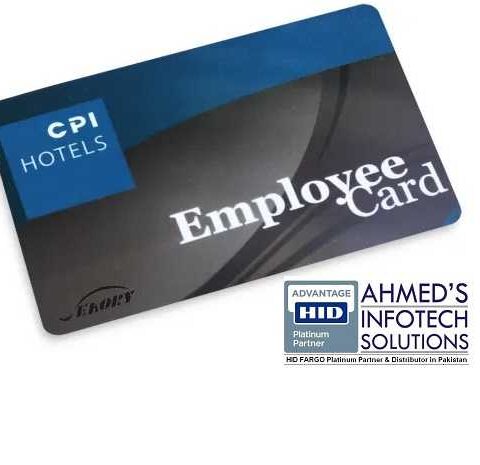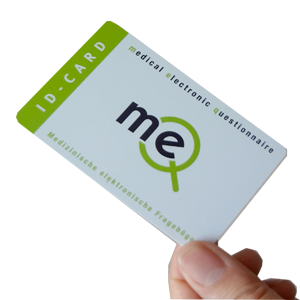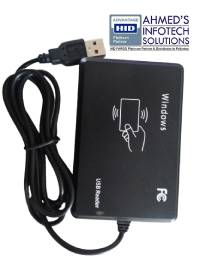RFID Card
RFID card is abbreviation of Radio Frequency Identification card, is contactless smart card. It uses radio waves to communicate with an RFID reader.
RFID cards serve the purpose of wirelessly tracking and identifying various objects.
These cards are composed of a compact chip and an antenna that are integrated into a plastic card, resembling the dimensions and form of a credit card.
Delivering
All Over the Pakistan
100%
Customer Satisfaction Rate
Original
Authorized Partners
Product Description
Technology:
- RFID (Radio-Frequency Identification): It consists of a tiny microchip which embedded within the card. This chip stores data and communicates wirelessly with an RFID reader using radio waves.
- Contactless: Unlike traditional swipe cards, you don’t need to physically insert an RFID card into a reader. Simply holding the card near the reader enables data transmission.
- Frequency: RFID cards typically operate in either low-frequency (LF) or high-frequency (HF) ranges. LF cards (125 kHz) are common and affordable, while HF cards (13.56 MHz) offer faster read speeds and potentially more data storage.
-
For details and buy: +92-309-786-2487
Types of RFID Card:
Here are two common categories:
- Proximity Cards (125 kHz): These are simple and affordable cards with low data storage (typically only a unique identifier). These are widely used for access control and identification applications. (e.g., MIFARE Classic 1K)
- Smart Cards (13.56 MHz): These offer more advanced features like higher data storage, encryption, and even processing capabilities. They can be used for secure applications like contactless payments or storing complex information. (e.g., MIFARE DESFire)
Applications of RFID Cards:
RFID cards are used in a wide range of applications due to their convenience and versatility. Here are some common examples:
- Access Control: Granting entry to secure areas, buildings, or events by swiping or holding the card near a reader.
- Contactless Payments: Paying for transit fares, vending machines, or retail purchases (often with high-frequency cards).
- Identification Badges: Employee badges, student IDs, or membership cards that can be read by RFID readers for verification purposes.
- Library Cards: Borrowing and returning library materials.
- Inventory Management: Tracking and managing assets or products.
- Event Badges: Granting access to specific areas or activities at events.
Advantages of RFID Cards:
- Convenience: Contactless interaction is faster and more convenient than swiping or inserting cards.
- Durability: RFID cards are typically made of PVC plastic, offering a degree of sturdiness for everyday use.
- Security: While security levels vary depending on the card type, RFID cards can offer secure data storage and access control functionalities.
- Read Range: Depending on the technology, some RFID cards can be read from a short distance (proximity cards) or a few feet away (high-frequency cards).
Summary:
RFID cards are a versatile technology. It offers convenience, security, and various functionalities depending on the card type. These cards are very commonly used in different applications and industries.

